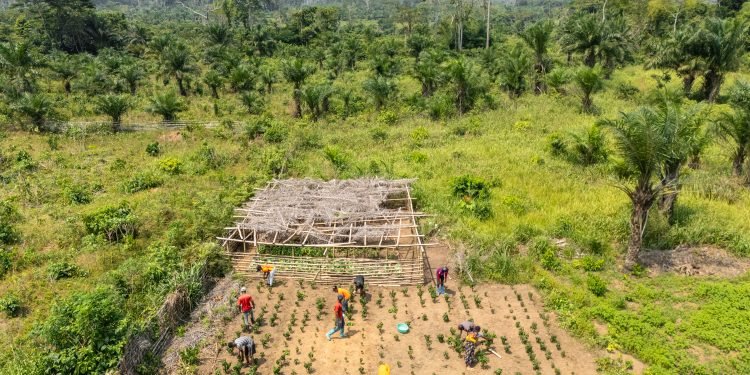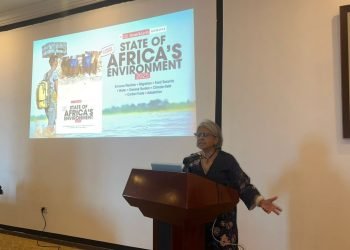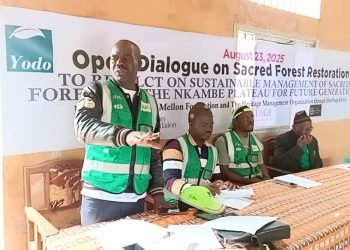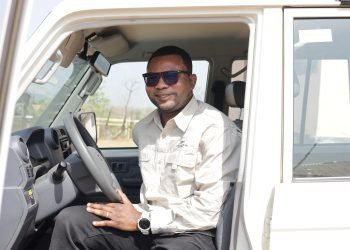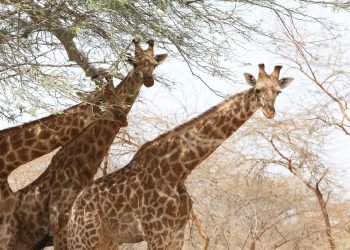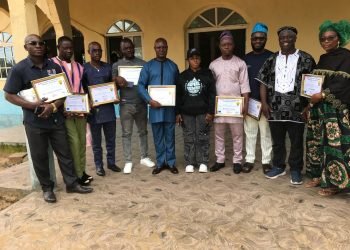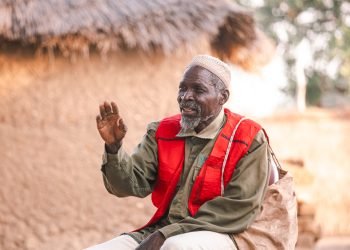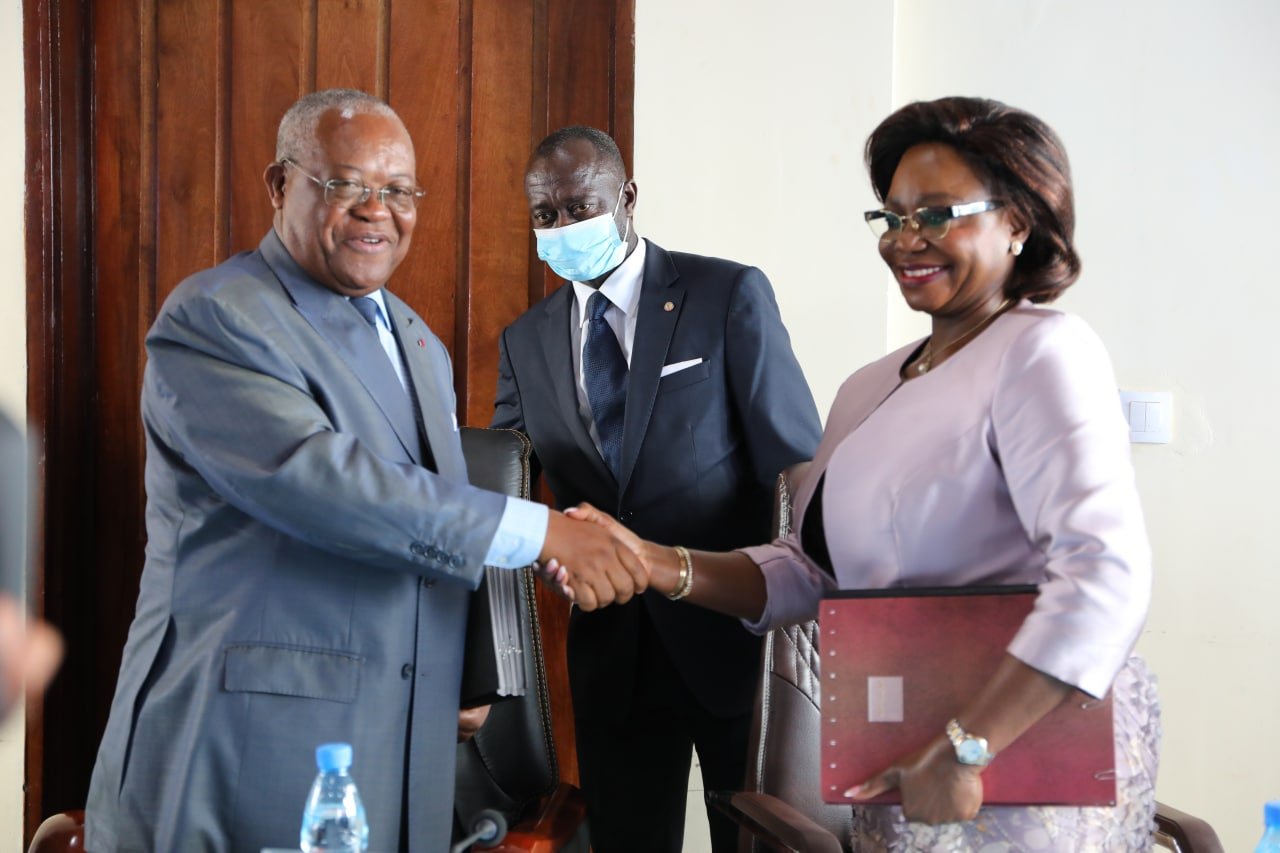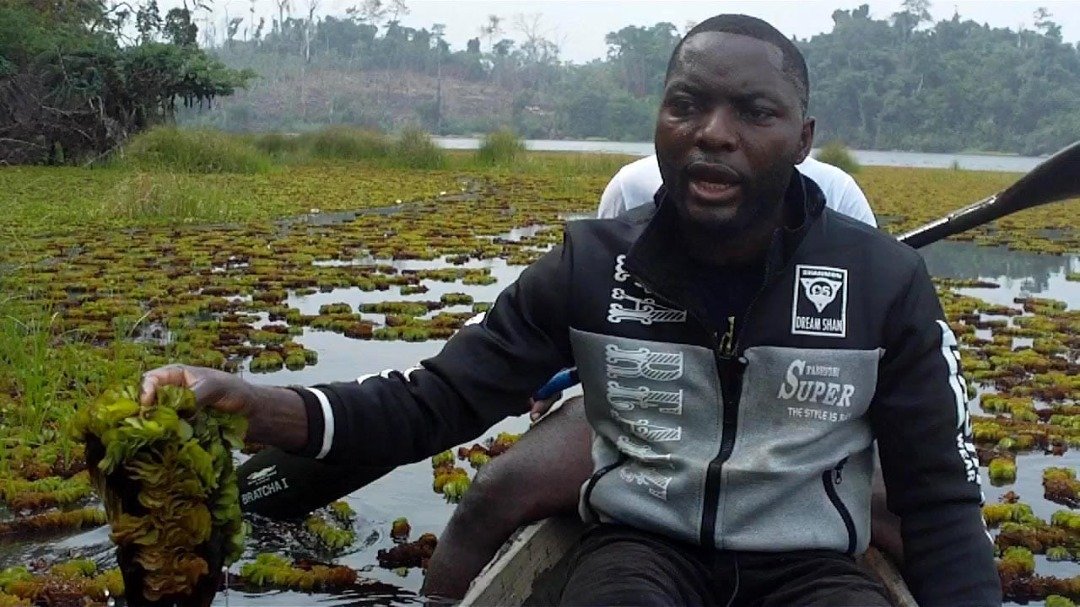Central Africa, home to the world’s second-largest tropical rainforest, is still receiving the smallest share of global green funding despite its ecological importance.
A new study by Center for International Forestry Research and World Agroforestry (CIFOR-ICRAF) researchers has shown that while international aid to the region’s forestry and environmental sectors rose by 50% between 2008 and 2022, Central Africa captured just 16% of total financing directed to tropical forest zones.
“Central Africa received the lowest share among tropical zones despite substantial growth,” notes lead author Ibrahim Favada, underscoring persistent deep imbalances and missed opportunities to support one of the planet’s most vital carbon sinks.
The study, based on Organisation for Economic Co-operation and Development (OECD) data spanning 2008–2022, shows that five areas dominated the flow of forestry and environmental aid to the region: biodiversity (29%), environmental policy and administrative management (27%), forestry policy and administrative management (18%), forestry development (11%), and biosphere protection (9%).
According to the authors, these five sectors accounted for over 90% of total forestry and environmental official development assistance (FEODA) to the region, indicating donor alignment with global conservation priorities but also limited diversification of funding. Bilateral assistance – representing 50.3% of total flows – was heavily concentrated in biodiversity projects, while multilateral contributions leaned more toward environmental policy and biosphere protection.
Forestry services, by contrast, received almost nothing. The report highlights that forestry services accounted for approximately 0.004% (USD 0.1 million) of total FEODA to Central Africa – an omission that points to underinvestment in the very systems needed to manage forests sustainably.
Persistent imbalances and gaps
Despite overall growth, the report paints a picture of uneven support, both between subsectors and among countries. The Democratic Republic of Congo (DRC) absorbed a staggering 52% of total FEODA, followed by Cameroon (11%), Rwanda (9%), Chad (9%), and the Republic of the Congo (6%). Meanwhile, Equatorial Guinea received less than 1%.
This uneven distribution reflects both the DRC’s vast forest coverage and the challenges of equitable regional engagement. “Donor presence varies among Central African countries,” the authors note, “highlighting the need for balanced regional support and increased funding for underfunded countries.”
Temporal imbalances were also evident. Funding peaks coincided with global policy milestones such as the Paris Agreement and the adoption of the Sustainable Development Goals in 2015. These surges, while positive, revealed Central Africa’s vulnerability to the ebbs and flows of international political attention rather than a consistent, strategic financing framework.
Moreover, environmental sectors received nearly 70% of total assistance, leaving the forestry subsector comparatively under-resourced.
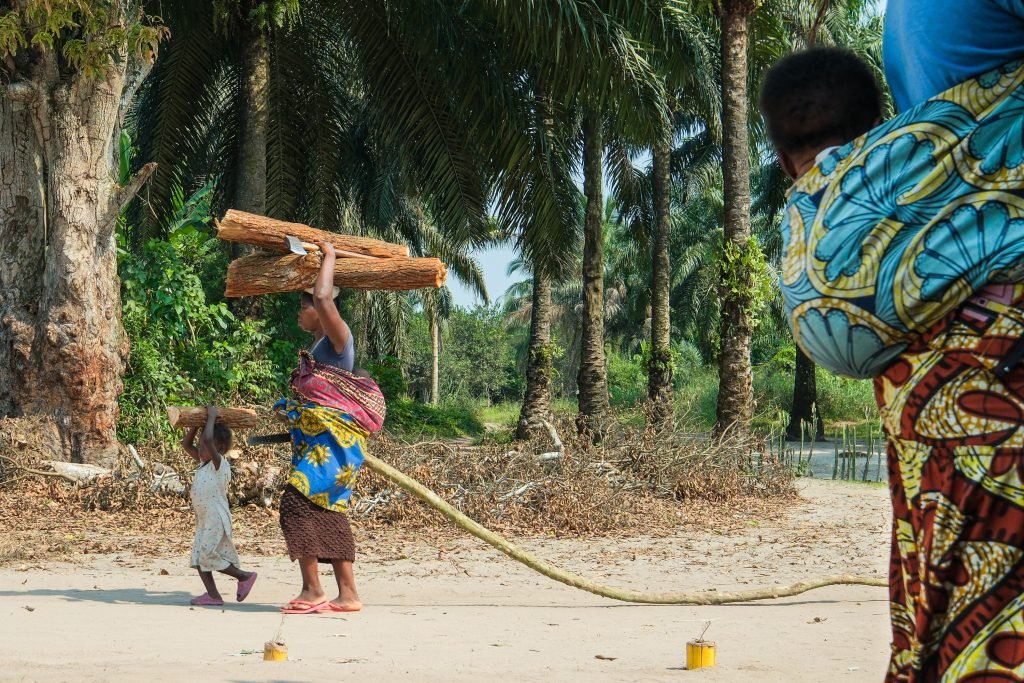
As Richard Eba’a Atyi, another author of the study notes, “this imbalance between environmental and forestry aid threatens the integrated management of the Congo Basin, where livelihoods, carbon sequestration, and biodiversity are deeply intertwined.”
When set against other tropical forest regions, notably the Amazon Basin and Southeast Asia, Central Africa’s funding shortfall becomes more striking. Between 2008 and 2022, total tropical FEODA increased from USD 15 billion to USD 20 billion, a 43% rise. Both Central Africa and the Amazon Basin saw funding grow by 82%, while Southeast Asia’s flows declined by 7%. Yet Central Africa’s absolute share remained small.
Donor dynamics also mirrored these regional differences. Germany was the leading bilateral donor in both Central Africa and the Amazon, while France took the lead in Southeast Asia. Among multilateral institutions, the European Union, Global Environment Facility (GEF), and World Bank led in Central Africa, the Amazon, and SEA respectively. “These contrasts reflect not only donor priorities but the differentiated geopolitical and ecological importance assigned to each tropical belt,” the researchers argue.
Needs and opportunities
Central Africa’s forests, covering 240 million hectares and storing an estimated 40 gigatons of carbon, remain one of the world’s greatest climate assets. Yet they are financed at a fraction of their global value. The report underscores that the Central Africa’s share of total funding for environmental policy and administrative management is low at 6%, highlighting a potential for increased donor funding directed to the region specifically for this sub-sector.
The authors identify several promising pathways to close the gap. Emerging global mechanisms such as the Green Climate Fund (GCF) and the Central African Forest Initiative (CAFI) offer opportunities to scale investments, while region-specific institutions like Central African Forest Commission (COMIFAC) and the Central African Forest Observatory (OFAC) could play stronger coordinating roles. However, participation levels across Central African countries vary widely, and underutilization of available funds remains a challenge.
To seize these opportunities, the study calls for policy alignment, institutional strengthening, and donor diversification. “The influence of global environmental agreements on funding trends suggests that COMIFAC member countries should align national and regional policies more closely with international commitments in order to attract more FEODA,” Favada advises.
Capacity building is also key. The researchers posit that since some Central African countries have underutilized available funds, strengthening their institutional and technical capacity to access and manage these resources would be essential to bridge the funding gap.

